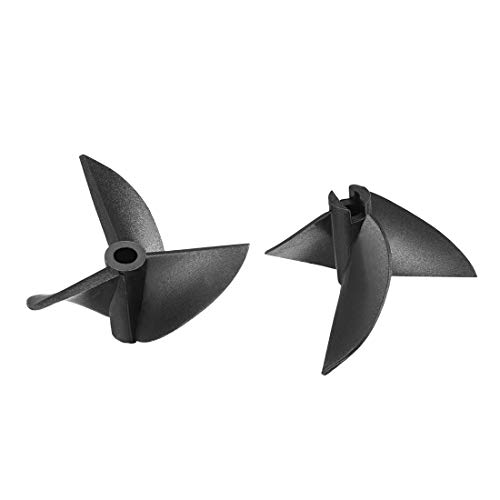- Joined
- Oct 26, 2008
- Messages
- 654
That's great info. I have also been thinking of porting the piston sides and letting the fuel get up the transfers as some of the engines I have seen have it some dont. So your making a hole for the rear transfer in the piston? do you have a pic of the piston and sleeve to see what yours looks like or is the piston in the engine still ?After the T-porting era, we found that slotting and window porting the piston closest to the boost port worked best. It's possible to also window port the boost port in like fashion, but we couldn't see a noticeable change in on the pond performance. Maybe different on a decent dyno, who knows. This is a NR67 flow configuration that works really well. Didn't grind new timing figures into it, but a .010" lift (shim) under sleeve flange woke things up....had to take .010" off the deck on the sleeve to compensate, too. I guess a .010" cut on the button touch down surface would've maybe been a better way to go. Buttons are cheap, compared to new sleeve + labor time.
Eventually, we're going to apply the same thought to our CMB 67's and 80's.....we'll keep you posted, Frank.
View attachment 328159
I had a scooter racing business for 10 years or so importing and making engines for drag racing scooters and kids 4 wheeler racing. I used to have to sit 5 hours a day porting cylinders for customers to get sent out.. I just had to look at some pics thinking about the jb weld. I remember if you keep licking your finger and smoothing it until it sets up you could really make some smooth transitions.
I forget alot of what I learned and did .
I just always am afraid making more volume in my crankcases for flow on the sleeves I see some really thin down the ramps up to the port . Its just a small engine and keeping it tight for velocity I know helps at least on the larger engines I have done. i usually end up shaping things with jb weld to smooth and flow while not adding crank case volume.
Attachments
Last edited:




































